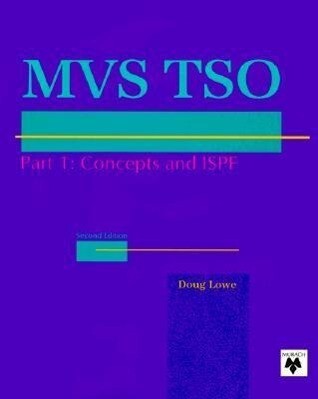The basic features of ISPF haven't changed since this book was published in 1990 (although the interface looks somewhat different than what's shown in the examples). So you can still use it to help you master ISPF skills like how to: edit and browse a data set; how use the ISPF utilities to manage data sets and libraries; how to compile, link, and execute programs interactively; how to debug COBOL programs interactively; and how to process batch jobs in a background region.
Inhaltsverzeichnis
Preliminary concepts and terminology; An introduction to MVS and TSO; How to use a 3270 Information Display System and access TSO; An introduction to ISPF; The basics of using ISPF; How to set up your ISPF defaults; How to browse a data set; Basic browse operations; Advanced browse operations; How to edit a data set; Basic edit operations; How to control the edit profile; Advanced edit operations; How to perform utility functions; Option 3.4: The DSLIST utility; Other utilities to manage libraries and data sets; The compare and search utilities; How to compile, link-edit, and debug a program in foreground mode; How to compile and link-edit a program; How to debug programs using OS COBOL Interactive Debug; How to debug programs using VS COBOL II Interactive Debug; How to process background jobs; How to use standard ISPF facilities to process background jobs; How to manage background jobs with SDSF; How to use libraries managed by LMF and SCLM; How to use LMF-managed libraries; How to use SCLM-managed libraries.
